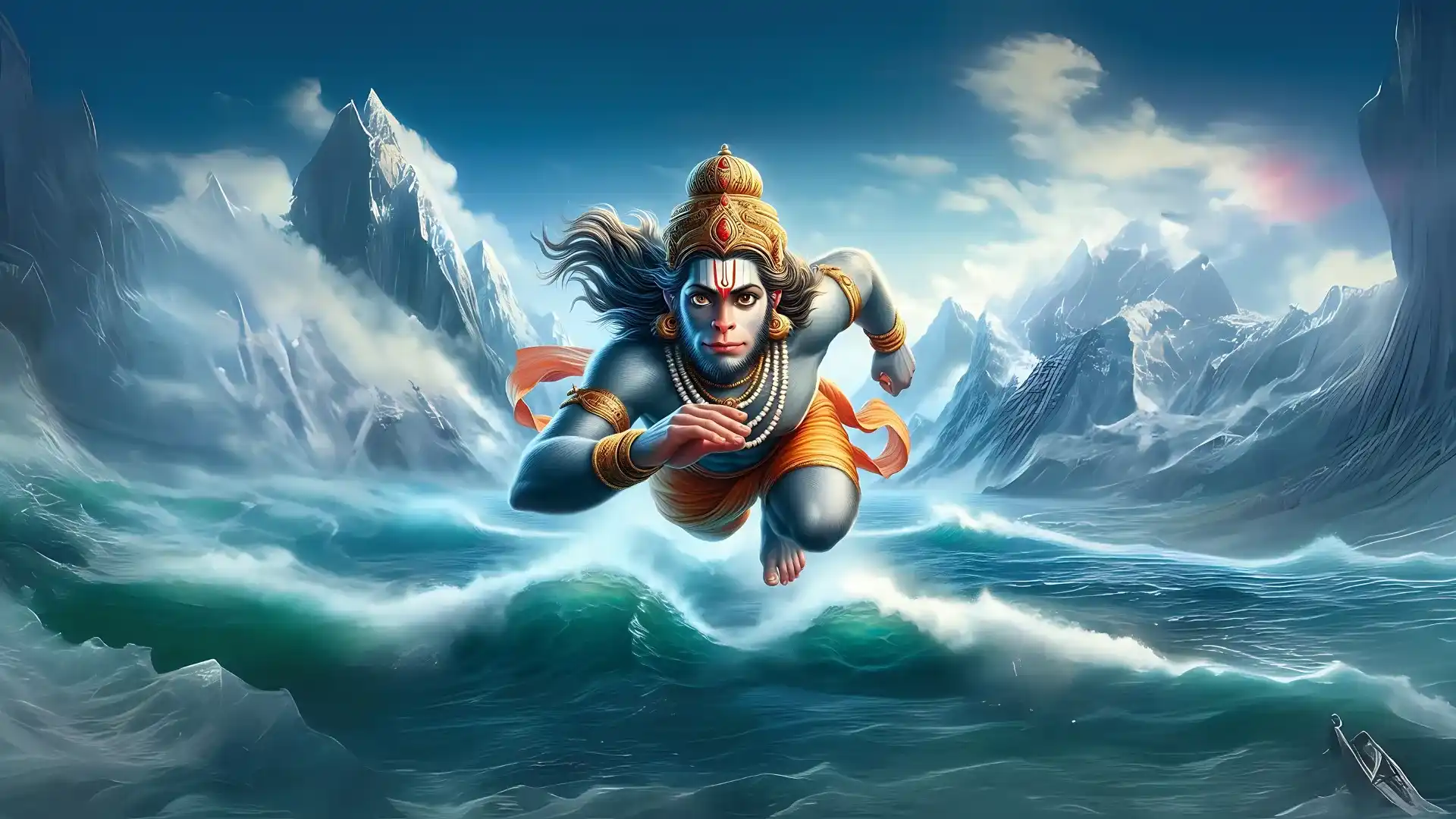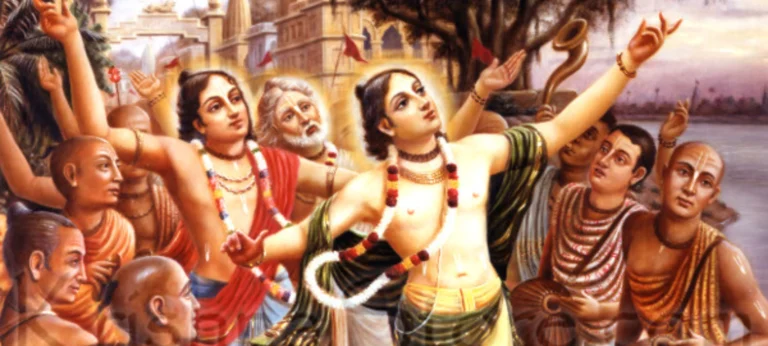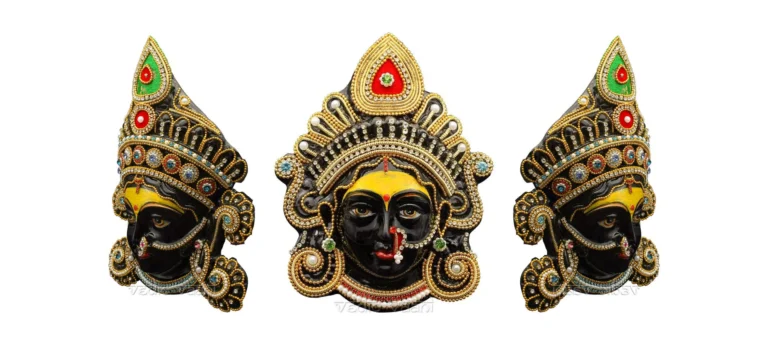Please Like the Blog and Share it for Maximum Reach
Table of Contents
Significance of the Ramcharitmanas
The Ramcharitmanas represents the enchanting water pond of Manasoravar. Manas means Minds and Sarovar means Pond. Thus the Pond of the mind shall reflect our true nature or the vision to see our true Nature, through Ralization or Jnana Drishti.

It’s visualized to be surrounded by 4 Ghats or the 4 riverfront embankments with an elegant flight of stairs. Ascending these stairs lead sadhakas towards the pond, encouraging them to take a dip in the divine glories of Sri Rama.
What are these Ghats? The 4 Ghats (paths) that lead us to God-realization are: Jnana or Jnana Drishti, Bhakti, Karma and Sharangati.
The 4 Paths towards God-Realization
A sadhaka blessed with the fund of intelligence and advanced consciousness treads the Jnana Marga which leads to Jnana Drishti.
The Bhakti Marga becomes the path for Sadhakas who have purity of intention and spontaneity of sublime emotions. For Sadhakas who have a predominance of Sattva and whose actions are in line with Dharma, the path of Karma (action) becomes a means to know Bhagawan.
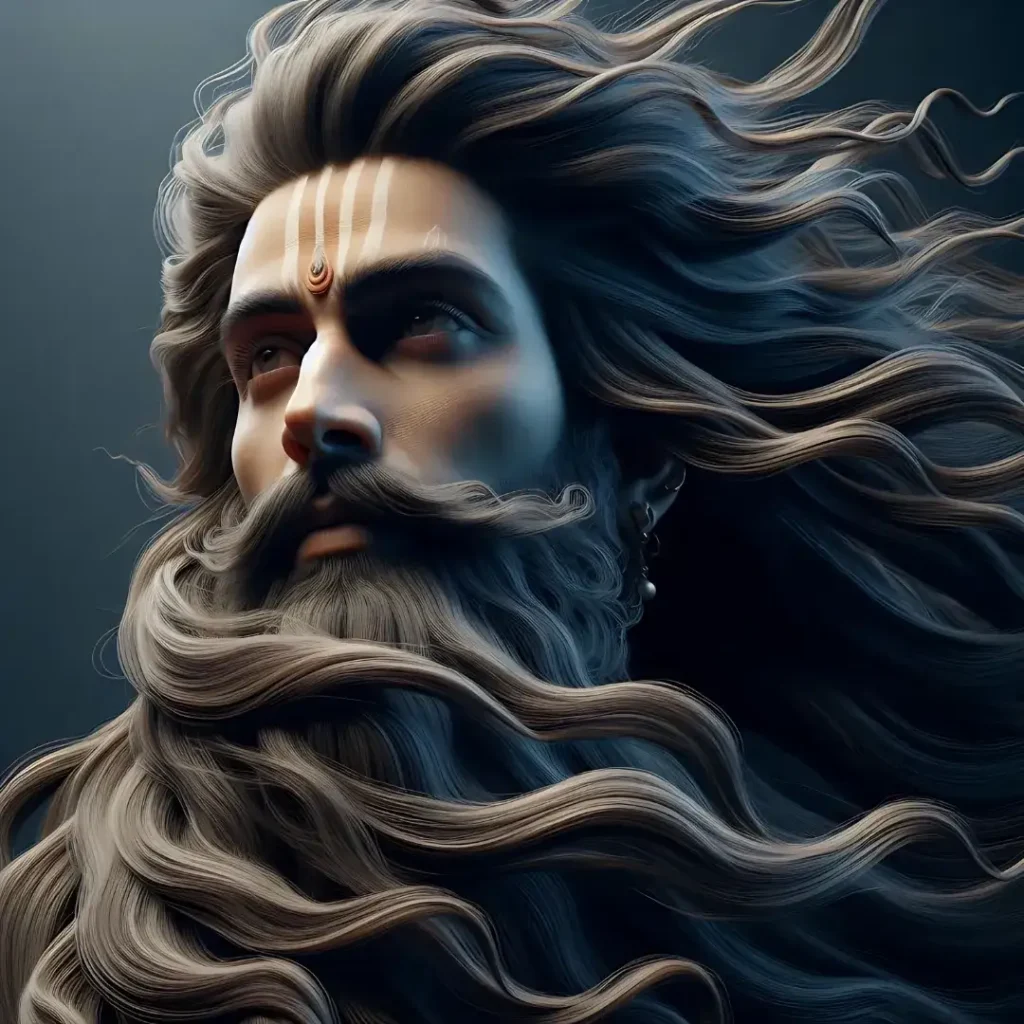
But, in the aforesaid paths, a sadhaka must have the competence to adhere to the precepts of the respective paths. Self effort becomes mandatory. However, with coming times, the flimsy minds of the general poulaces gets them hooked onto transitory pleasures of the material world. It deters a sadhaka from attaining the Lord.
Thus, the Manas has an exquisite (Ghat) or flight of stairs for the weak, yet sincere sadhakas. Goswamiji identifies himself as a follower of the latter path which is the path of Sharanagathi (or absolute surrender).
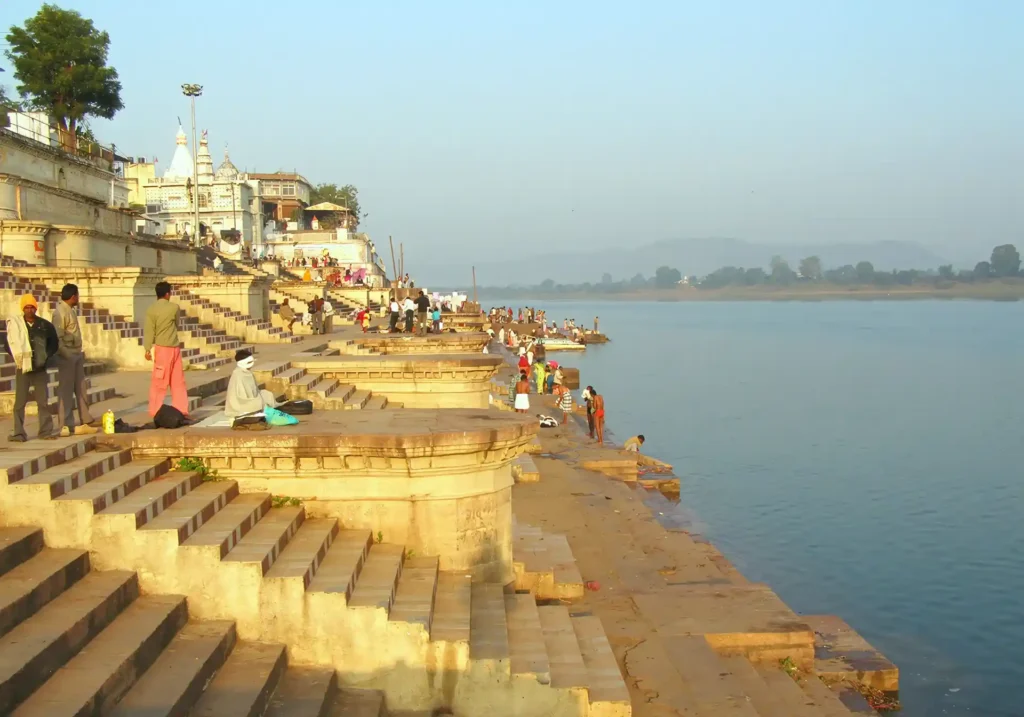
In Sharanagati, it is not the individual merit but causeless Grace of Bhagawan that leads one to attain Him. While Sadhana (spiritual activity like mantra chanting, meditation, Manas puja, Likhita Japa, etc) remains the pivot point of Jnana, Bhakti and Karma Marga, Sharanagathi reaches fruition because of Kripa. Thus, the Manas enables both the competent and incompetent to attain Sri Rama, Jnana Drishti being the result being the fruit of such Sadhana.
Proponents of the 4 Paths
Now, the Manas regards 4 Acharyas, one for each path. They are the stalwarts of their respective paths. Sri Shankara is the Acharya for Jnana Marga, Sri Kakabhushundi ji Maharaj for Bhakti Marga, Sri Yajnavalkya for Karma Marga while Sri Tulsidasji himself for Sharanagati Marga. Jnana Drishti alone attained through these paths can light up our path towards Liberation.
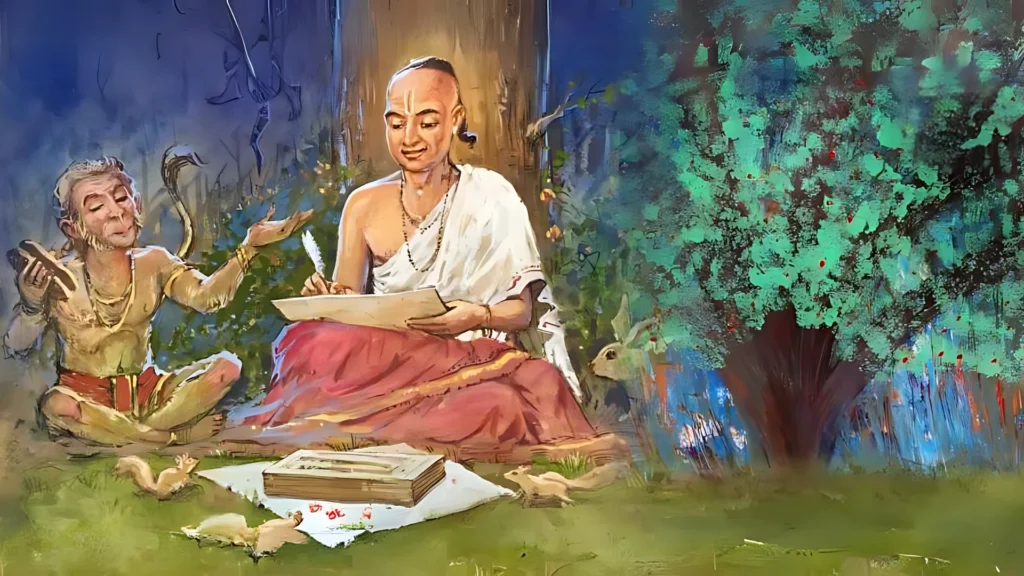
But, apart from these Acharyas there is one character from the Ramayana who has notched a very supreme pedestal, whom the Manas regards as the common Acharya for all the paths. By now, you would have guessed it right, it is Sri Hanumanji Maharaj.
Sri Hanumanji Maharaj, the Master of All the Paths
Several instances highlight the versatile qualities of Lord Hanuman. Lord Hanuman’s conduct marks the zenith of Jnana, Karma, Bhakti and Sharanagati. While other devotees excel in one path, Sri Hanumanji Maharaj brings about a cohesion in all the 4 paths. Through the pastimes of Lord Hanuman, sincere sadhakas get a roadmap to implement the spiritual precepts in life. Thus, it is said that surrendered devotees, chosen by Lord Hanuman, are distinct from other sadhakas. These devotees are perfect recipients of Sri Rama’s Grace and hence recepient of Jnana Drishti, especially ones blessed by Sri Rama.
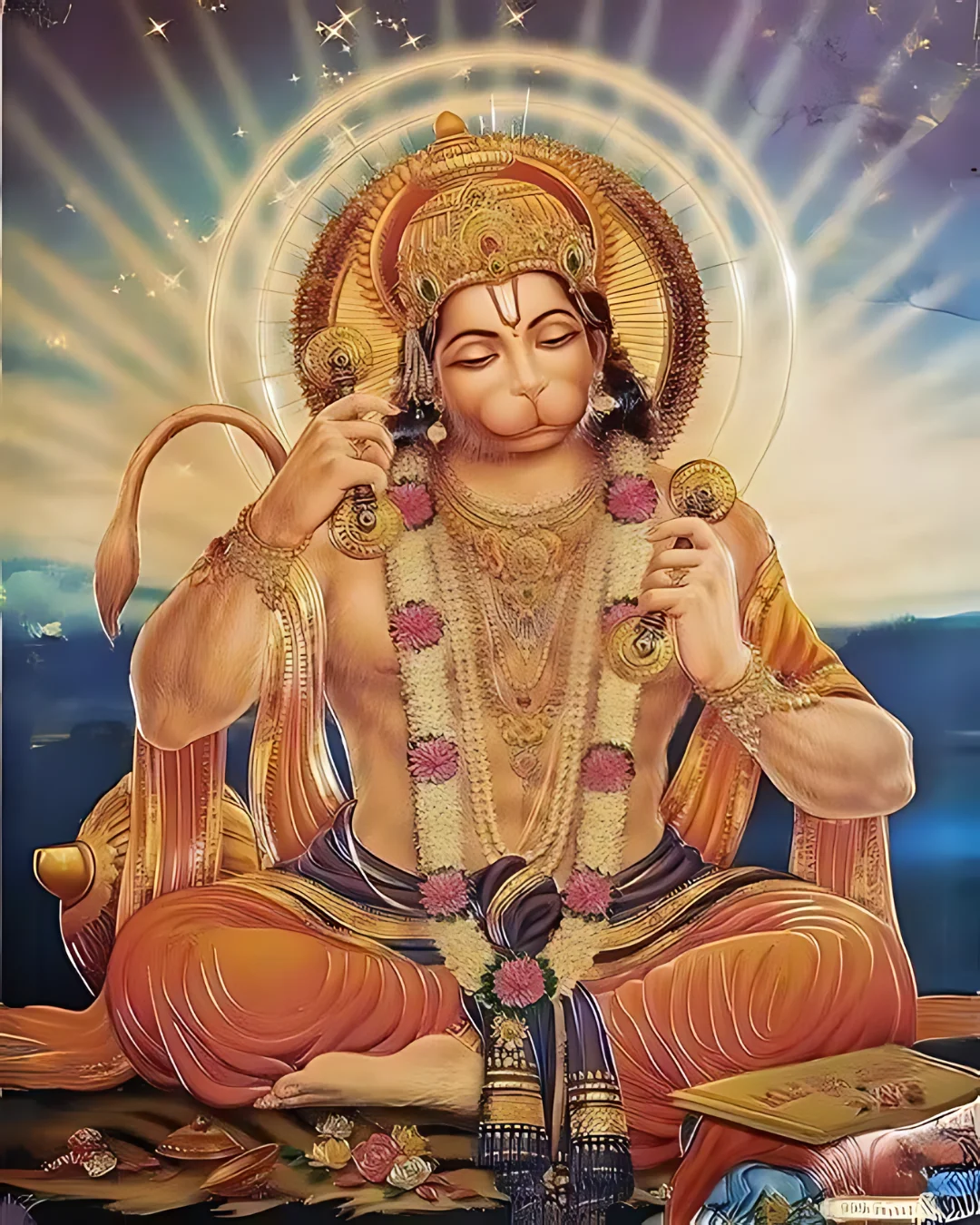
There are 2 reasons behind the Lord’s benevolence. Sri Rama cherishes the devotees specially brought forth by Lord Hanuman. Another reason is that devotees of Lord Hanuman develop a unique ability to exercise Jnana, Bhakti, Karma and Sharanagati according to time, place and circumstance. It is a miniscule reflection of Sri Hanumanji’s ability to exhibhit Jnana Drishti.
Interpreting the Instances from the Ramayana
Let us take 2 episodes from the Ramayana to understand how Lord Hanuman brings equanimity among the 4 diverse paths. The Ramcharitmanas expounds that Sri Hanumanji Maharaj assumed a form that touched the skies and His weight was such that it propelled the Mainak mountain towards Patala. Lord Hanuman took his flight to Lanka from the mountain peak of Mainak.
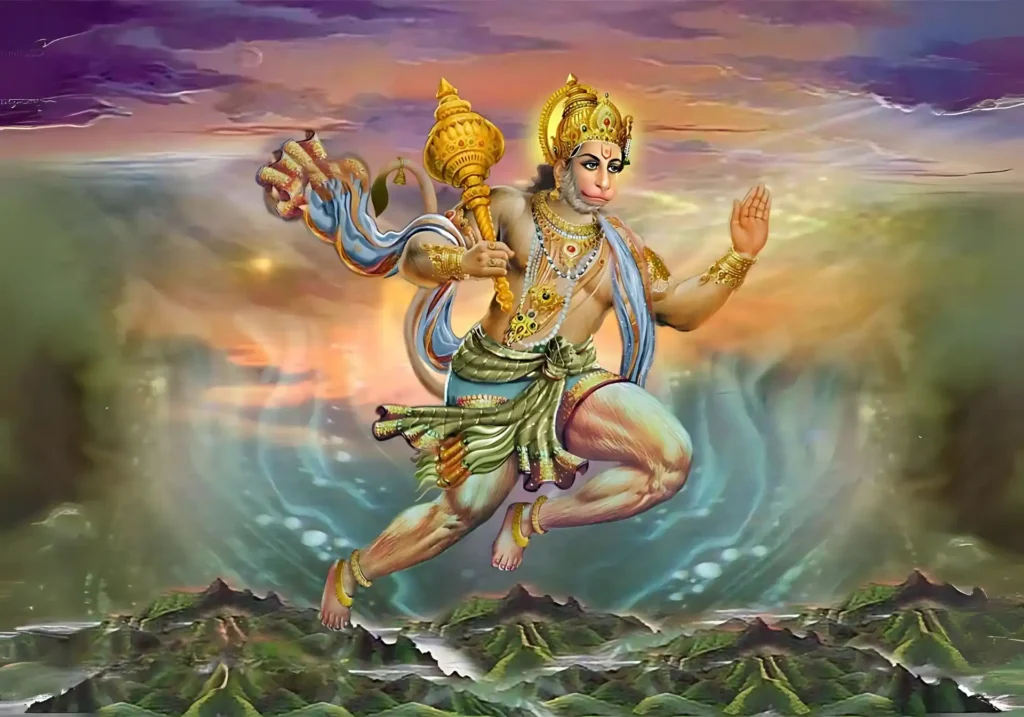
When given the onus of finding Mother Sita, Sri Hanuman ji became gigantic and heavy. Becoming heavy reflected the unwavering intention to achieve the goal. No matter what obstacles cropped up, Hanumanji stayed determined and focused. This surefootedness is an outcome of Jnana Drishti. The beam of Jnana engulfs the darkness of doubt and uncertainty. A person no longer remains in dilemma or dichotomy.
7/8 Questions from Sanatana Dharma
The scores generated in this Quiz may or may not be absolute. There may be right or wrong answers to each Question. A percentage towards 100 indicates that you are more aligned to the overall subject matter.
The Significance of Jnana in Life
Crossing the vast ocean and facing the many, unknown challenges were indeed a display of Jnana Marga. Jnana is synonymous with knowledge. Without a stable mind, an individual can never overcome hurdles in life. Hanumanji encountered several obstacles in the form Surasa, Singhika, Lankini, etc. To tackle each one of them, He adopted different approaches. We shall discuss the significance and nuances of these pastimes, in future reads.
Sri Jambavanta made Hanumanji realize His infinite prowess. Similarly, a guru sheds the light of Jnana or bestows Jnana Drishti to the sadhaka so that he can take decisions in favor of one’s sadhana. The guidance of bona fide guru estranges a sadhaka from the material world and secures a loving place in the Lord’s heart. Thus, in this pastime Hanumanji meticulously displayed the application of Jnana Drishti.
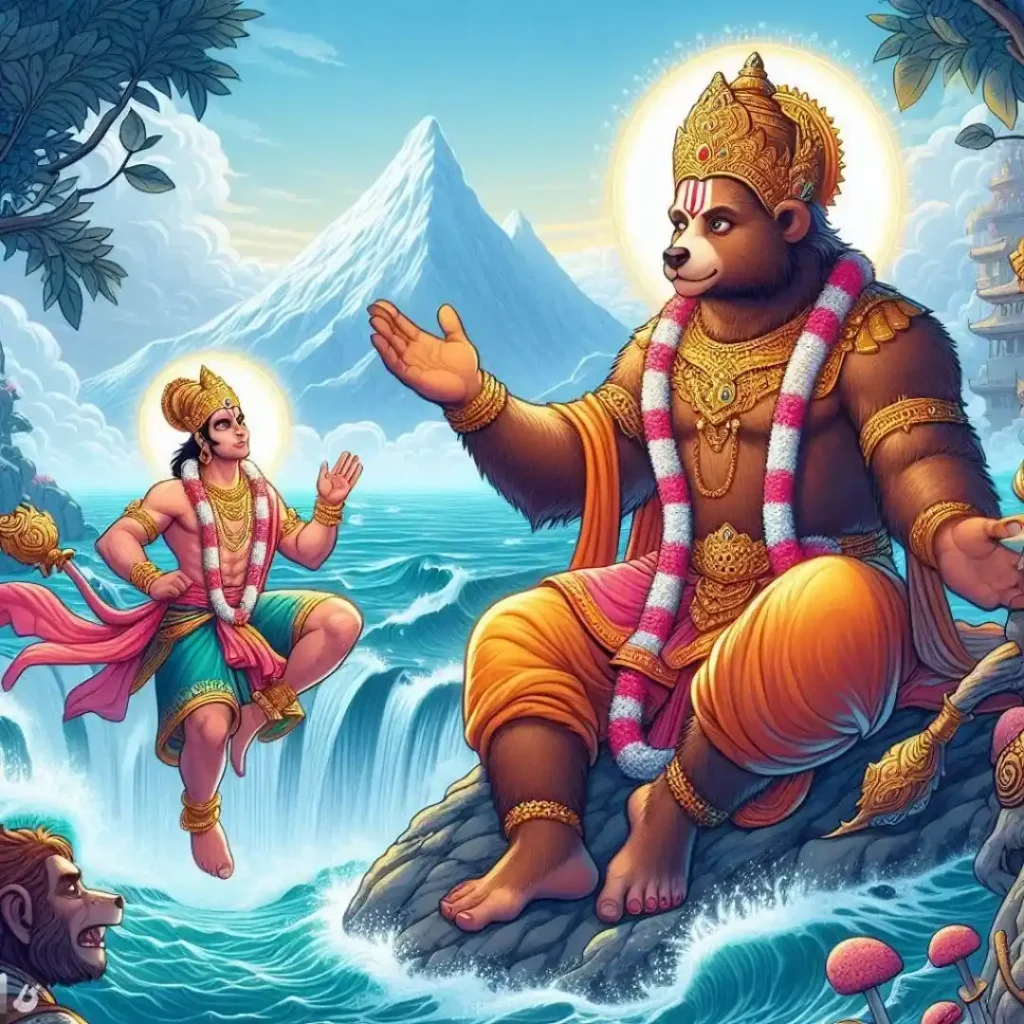
Why did Hanumanji become Light in Lanka?
While burning the golden city of Lanka, Hanumanji assumed a lightweight, yet took a gigantic form. What does this signify?
In the previous pastime, Hanumanji became heavy but in this he was light. This transition from heavy to light, illustrates renunciation or letting go. Hanuman Ji had achieved his goal. The purpose of Jnana Drishti is to lead an individual to the goal. However, beyond that lies Bhagawan’s Grace.
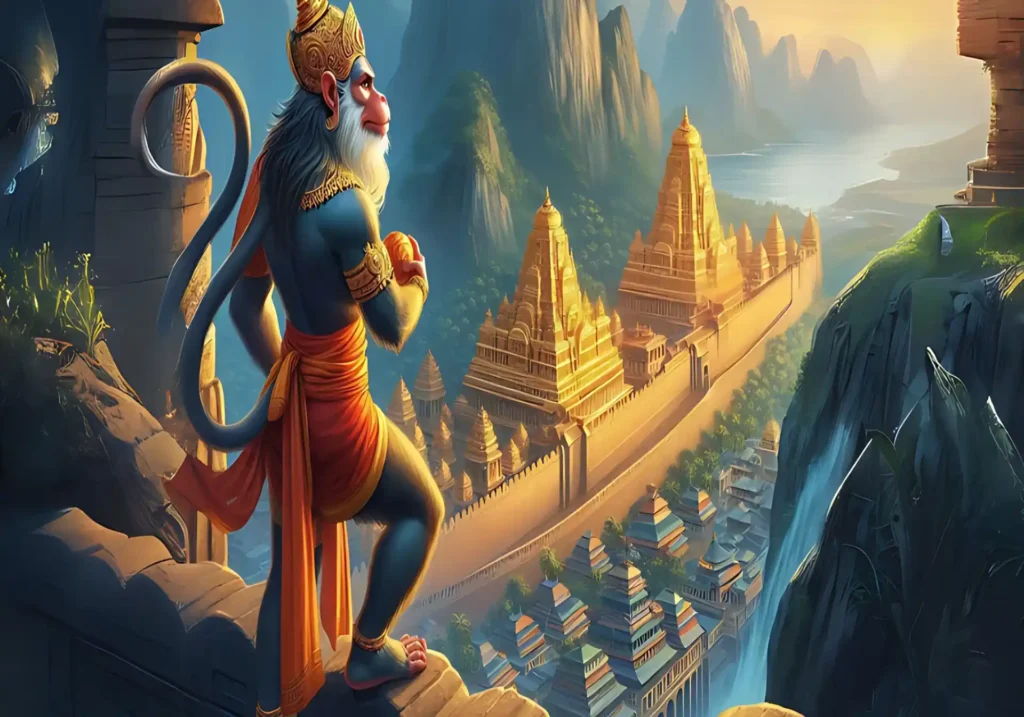
To become a receiver of that, an individual must let go of whatever one has. Only then shall the Lord act through us. With flawed intentions, one can never become instrumental in the plans of Bhagawan. Becoming devoid of any sense of doership is mandatory. The burning of Lanka (Action-Karma) was not a display of Power, Ego or Pride.
Because, by becoming light, Hanumanji highlighted that now whatever took place in Lanka was by the Will of Shri Ramachandra (Sharanagati -Surrender). Sri Rama, though not physically present at Lanka, terrified Ravana through his surrendered devotee. So, Hanumanji displayed Sharangati and Karma Marga through this instance.
Why did Hanumanji choose Karma Marga to Burn Lanka?
Thus, Hanumanji brought forth Himself differently to suit various instances. He switched between the various margas throughout His leelas because one approach (path) cannot fit in all circumstances. Hanuman Ji always chose the path that yielded best results. This is his examplary spiritual foresightedness, Jnana Drishti.
For example: The paths of Bhakti (devotion) would prove ineffective to instill fear in Ravana. Devotion deals with developing sublime qualities to please Bhagawan. Other than Jeeva and Bhagawan, no third person comes into consideration. But, in the life of a sadhaka, many other individuals play a role. Family, friends, society, etc are to be dealt with.

Similarly, Hanuman Ji was to deal with Ravana and other demons at Lanka. With Bhakti, He could never have set Lanka ablaze. In fact, Bhakti would have defeated the entire purpose of Hanumanji’s visit. Thus, Hanumanji aptly executed the path of Action (Karma) to fulfill his mission. A sadhaka of Sri Hanuman Ji does not strive to focus on one path. Rather, he/she finds a balance between all the 4 paths. Each path has an underlying purpose, and it proves effective only when applied to relevant situations.
Application of Jnana Drishti in Life situations
For example: If an individual falls ill, it is the duty of other members of the family to consult a doctor. At that moment, one should not refrain from taking action by thinking that death is the ultimate reality, or the body is perishable. One must consider the body real and take medication to alleviate pain and suffering. This is the moral duty or Dharma. Therefore, here Karma (Path of Action) takes precedence over Jnana Marga (Path of Knowledge).

But, with spiritual maturity a person realizes that the body is instrumental in attaining the Lord. Without a healthy body, sadhana can never attain fruition. Thus, advanced sadhakas have deeper insights, Jnana Drishti. Jnana of a higher order, dawns upon them. Thus, such sadhakas take all measures to keep healthy.
Adopting the Right Mindset at the Right Time
Similarly, when attending a funeral, it is important for individuals to be seated in absolute knowledge (Jnana). Through such Jnana alone, one develops Jnana Drishti. Talking about the past shall only worsen mental states. In this situation, one must ruminate over the temporary nature of the body and world. Only with this approach, shall the family of the deceased remain peaceful. This is indeed Jnana Drishti.
Thus, Jnana, Bhakti, Karma and Sharangati are the 4 wheels of the vehicle of life. If one detaches, life shall become unstable. The guru is the driver while the disciple, the passenger. The road is sadhana while Bhagawan is the ultimate destination.
Please Like the Blog and Share it for Maximum Reach

